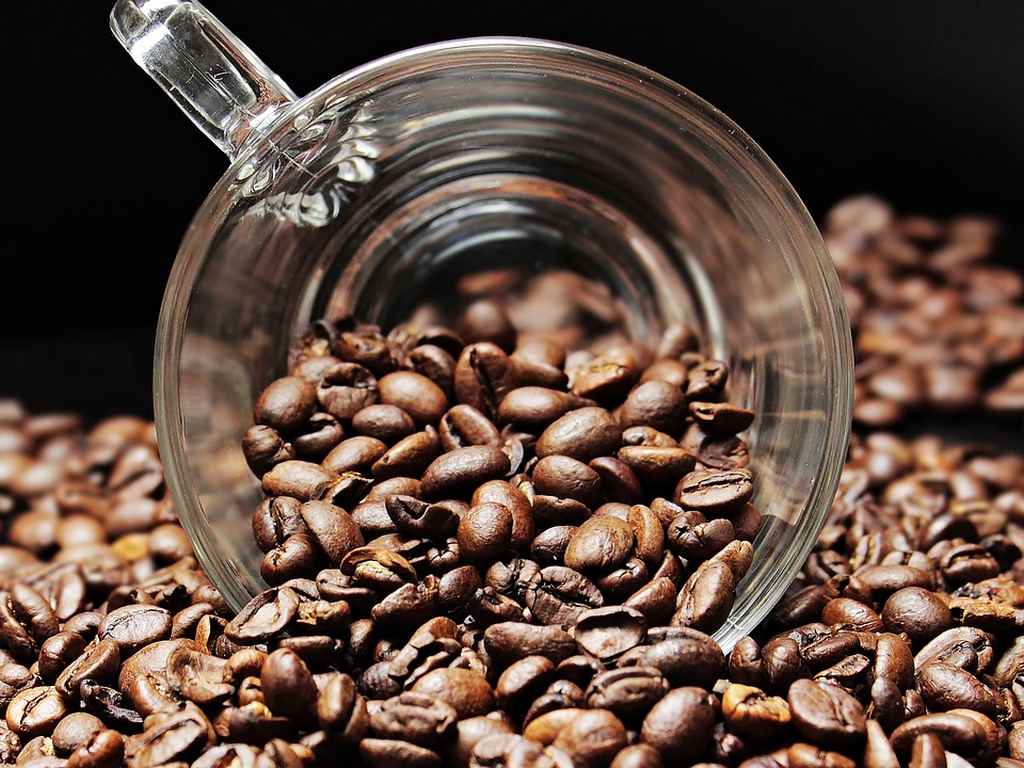Google Search has a
doodle
in India after a very long time today, and this one celebrates German chemist Friedlieb Ferdinand Runge’s 225th birthday. Runge, interestingly, made his place in history largely by accident, followed by a chance encounter. And his claim to fame was the invention of caffeine. Ever since Runge was a teenager, chemical experiments were what he loved. At a young age of 15, in an accidental experiment, Runge discovered the pupil-dilating properties of belladonna extract, when he accidentally splashed a drop of it in his eye. Belladonna is a perennial herbaceous plant in the nightshade family. Then, ten years later, while he was studying under renown chemist and inventor Johann Wolfgang Döbereiner at the University of Jena, Runge was asked to reproduce belladonna’s effects as part of a demonstration for one of Döbereiner’s friends, who was the famous writer and polymath Johann Wolfgang von Goethe. [caption id=“attachment_6049371” align=“alignnone” width=“1024”]
 Representational image.[/caption] Absolutely impressed by the 25-year-old Runge, Goethe handed him a bag of rare coffee beans and suggested he analysed their chemical breakup. And that was when Runge isolated the active ingredient we know today as caffeine!
via GIPHY
Runge was born outside of Hamburg 8 February 1795. He earned his doctorate from the University of Berlin, post which he started to teach at the University of Breslau until 1831. Eventually, he went on to take a position at a chemical company. Google also writes in its
blog
that Runge also “invented the first coal tar dye and a related process for dyeing clothes. His contributions to the world also include: being one of the first scientists to isolate quinine (a drug used to treat malaria), considered an originator of paper chromatography (an early technique for separating chemical substances), and even devising a method for extracting sugar from beet juice.”
Representational image.[/caption] Absolutely impressed by the 25-year-old Runge, Goethe handed him a bag of rare coffee beans and suggested he analysed their chemical breakup. And that was when Runge isolated the active ingredient we know today as caffeine!
via GIPHY
Runge was born outside of Hamburg 8 February 1795. He earned his doctorate from the University of Berlin, post which he started to teach at the University of Breslau until 1831. Eventually, he went on to take a position at a chemical company. Google also writes in its
blog
that Runge also “invented the first coal tar dye and a related process for dyeing clothes. His contributions to the world also include: being one of the first scientists to isolate quinine (a drug used to treat malaria), considered an originator of paper chromatography (an early technique for separating chemical substances), and even devising a method for extracting sugar from beet juice.”
Caffeine God! Friedlieb Ferdinand Runge celebrated in today's Google Doodle
tech2 News Staff
• February 8, 2019, 08:28:43 IST
Runge made his place in history largely by accident, followed by a chance encounter.
Advertisement
)
End of Article